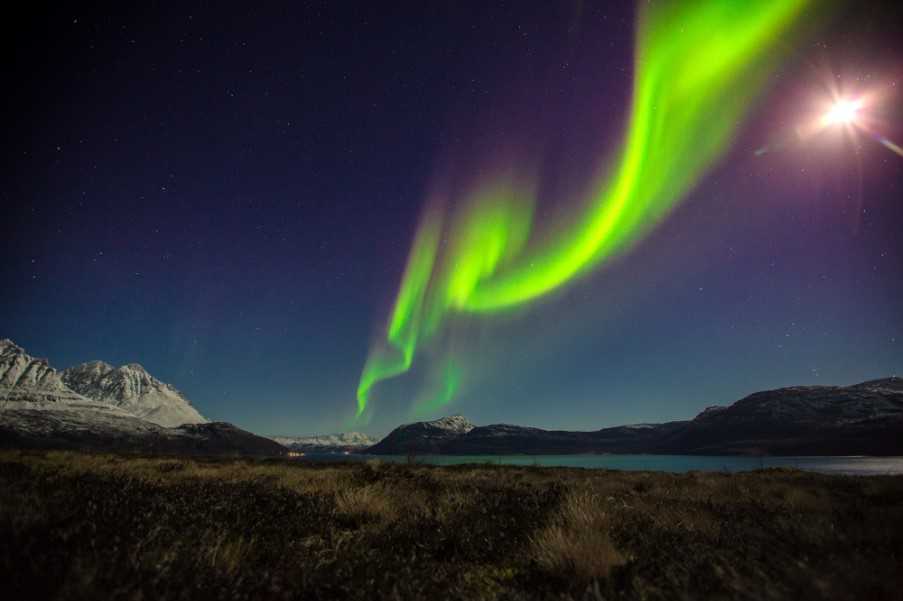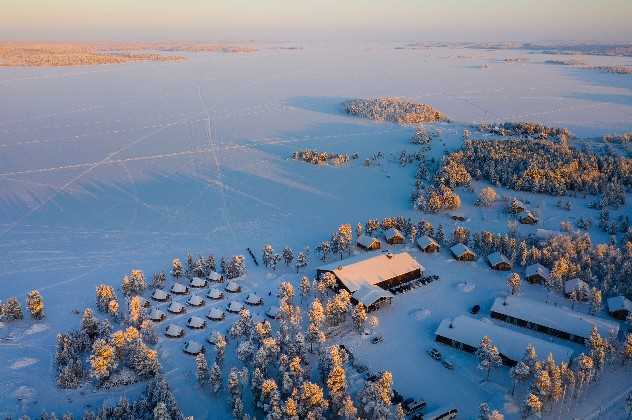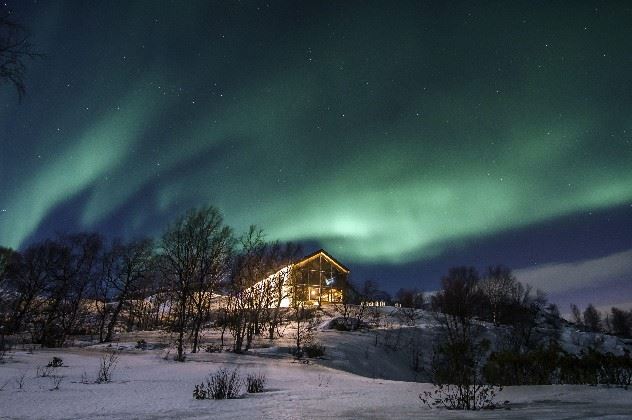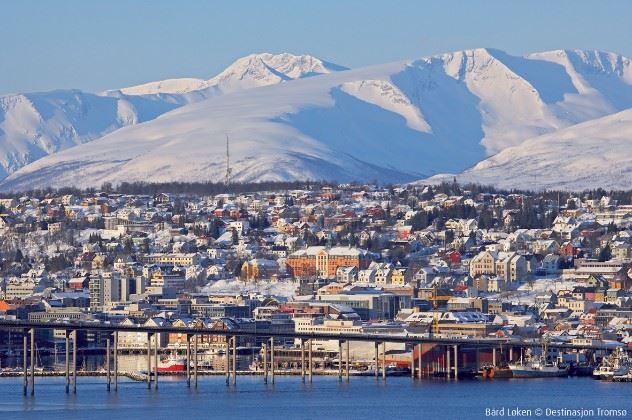By Sarah Marshall, journalist for The Telegraph
Feature in the Telegraph on 24 April 2023. Copy written by Sarah Marshall, holiday ideas provided by Sunvil.
Dancing across the night sky to a score of undulating rhythms, the aurora borealis has captivated civilisations for centuries. Arriving unannounced after dark, this mysterious phenomenon can take several forms. Most commonly, bands of green arc the horizon, slowly rippling like waves until they crest and fall with such ferocity the darkness of space is swept away by a tsunami of colours.
This mesmerising light show has given rise to multiple myths and legends, with different cultures developing their own explanations. In Norse mythology, the bifröst was a flaming rainbow bridging middle earth and the gods, or the reflections of light bouncing from shields belonging to the Valkyrie fallen angels. Referring to the aurora as aksarnirq, the Inuit believed displays were the souls of their dead ancestors, while Finnish Sami folklore tells the story of a magical fox running across the sky and sweeping snow with his tail. Even today, Japanese people believe that a child conceived under the Northern Lights will be blessed with good fortunes and good looks.
Science has its own interpretation. Simply speaking, aurora displays occur when charged particles collide with gases in the Earth’s atmosphere around the magnetic poles. These explosive flashes of light change colour depending on whether ions hit oxygen (creating a green or red glow) or nitrogen (giving off blue light). Different strengths of activity are measured by a Kp index on a scale from 0 to 9, with 3 and above promising good displays.

What makes the Northern Lights so special, though, is the beauty no two shows are ever the same. From late August until April, when dark nights return to the northern hemisphere, aurora hunters devote hours to chasing these magical performances which everyone should witness at least once in their life.
Whether cruising along frozen coastlines, hiking through snow-dusted forests or driving across borders in pursuit of clear skies, searching is part of the adventure. Aware focussing on the lights alone is a gamble, creative operators and hoteliers have come up with clever ways to incorporate other activities. Beyond dog sledding, snowmobile rides and reindeer safaris, many new itineraries are emerging. Sail on a fishing boat whale watching for orcas; dip into geothermal pools surrounded by spruce trees; or even take to the skies on a hot air balloon ride.
The choice of accommodation has also become more varied, offering much more than a wooden cabin or a Sami lavvu tent. From stargazing in a glass-roofed igloos to luxuriating in an extravagant spa suspended in a river, everything is geared towards seeing the aurora. While there’s never any guarantee these fickle dancers will pirouette onto their electric stage, it’s possible to maximise your chances with some careful planning and research.















